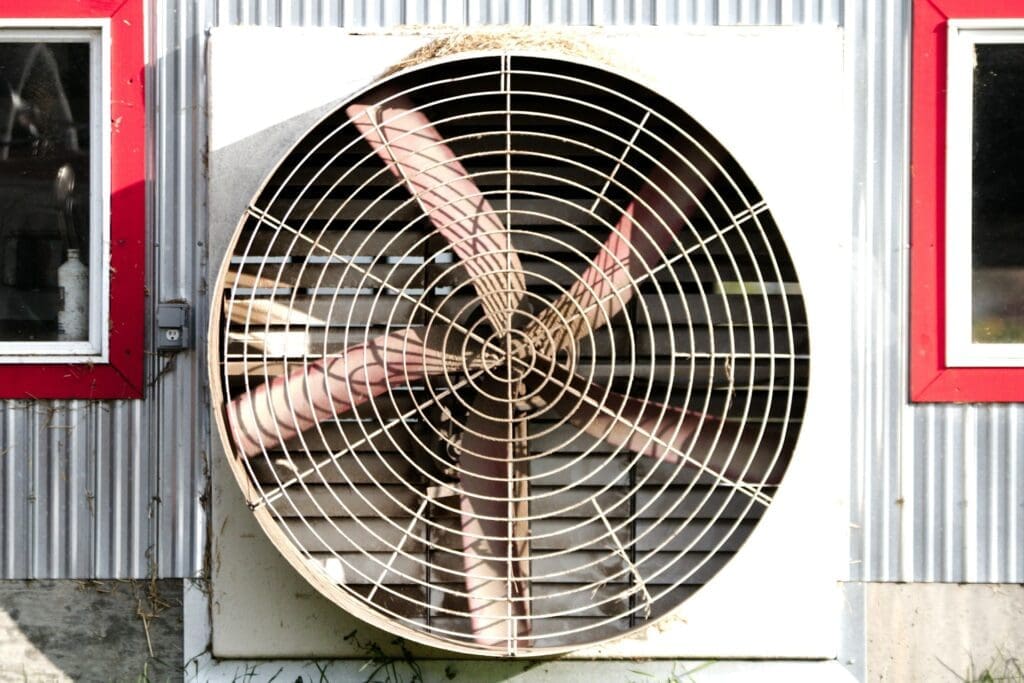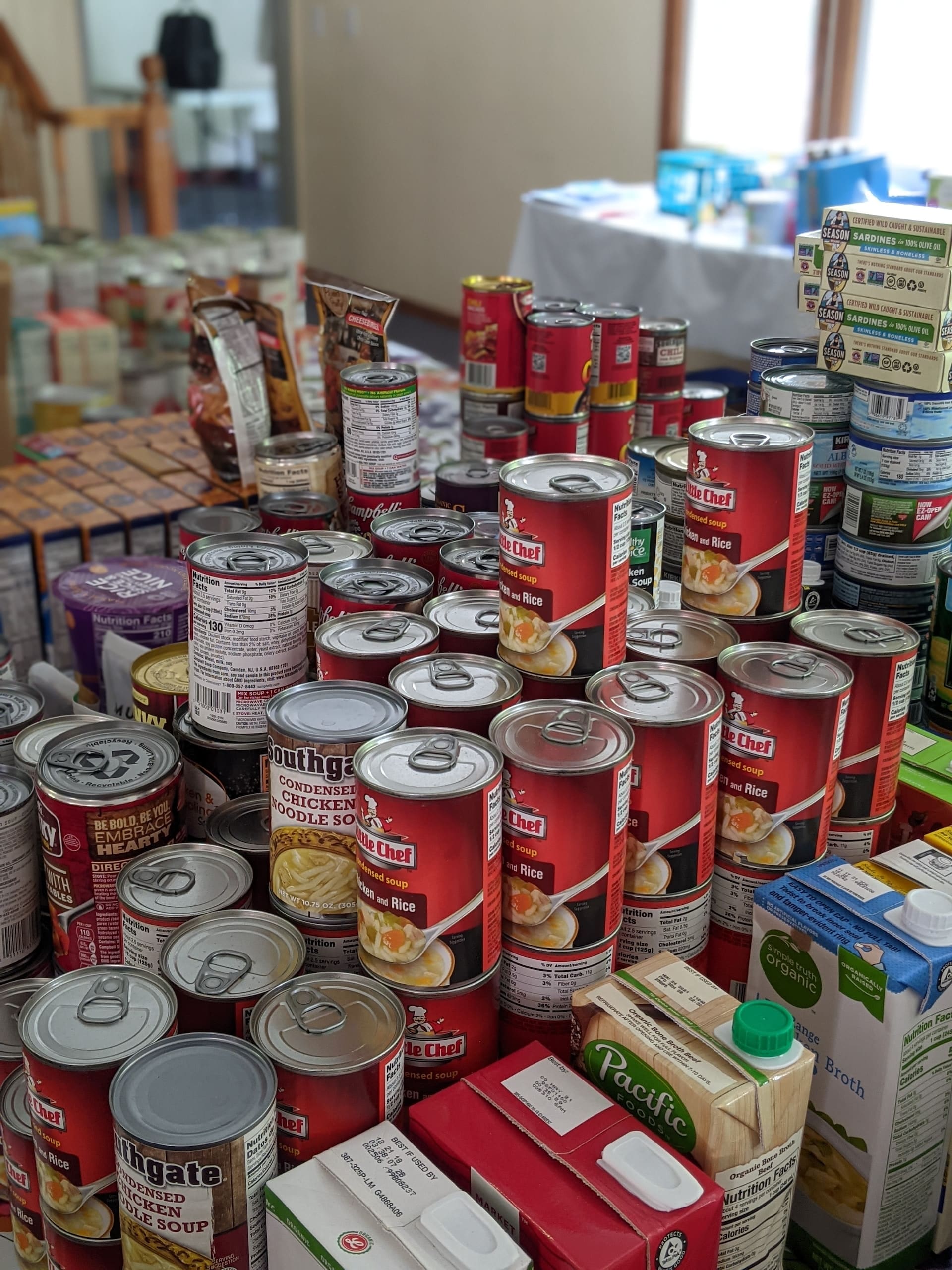Flooding can be a devastating experience for homeowners and businesses alike. Beyond the immediate damage caused by water, there’s a secondary threat that often goes overlooked: mold growth. At Upper Restoration, we’ve seen firsthand the destructive power of mold in the aftermath of flooding. In this article, we’ll share our expert knowledge on preventing mold growth after a flood, helping you protect your property and health.
Understanding the Mold Threat
Mold is a type of fungus that thrives in moist environments. When flooding occurs, it creates the perfect conditions for mold to flourish. Mold can start growing within 24 to 48 hours of water exposure, making quick action essential. Not only can mold cause structural damage to your property, but it can also pose serious health risks, including respiratory issues and allergic reactions.
Immediate Steps After Flooding
The first 24 to 48 hours after a flood are crucial in preventing mold growth. Here are the immediate steps you should take:
1. Ensure Safety
Before entering a flooded area, make sure it’s safe to do so. Turn off the electricity and gas, and wear protective gear such as rubber boots, gloves, and a face mask.
2. Remove Standing Water
Use pumps, wet vacuums, or even buckets to remove as much standing water as possible. The faster you remove the water, the less chance mold has to grow.
3. Start the Drying Process
Open all doors and windows to allow for air circulation. Use fans and dehumidifiers to speed up the drying process. Remember, thorough drying is key to mold prevention.
Cleaning and Disinfecting
Once you’ve removed the water and started the drying process, it’s time to clean and disinfect:
1. Remove Wet Items
Take out any wet carpets, furniture, and other items. These can be cleaned and dried separately, and their removal will help the overall drying process.
2. Clean Surfaces
Use a solution of water and detergent to clean all surfaces that came into contact with flood water. For non-porous surfaces, you can use a mixture of one cup of bleach per gallon of water to disinfect. However, never mix bleach with ammonia or other cleaning products.
3. Dispose of Unsalvageable Items
Some items, particularly those made of porous materials like drywall or insulation, may need to be discarded if they’ve been saturated with water.
Long-Term Prevention Strategies
Preventing mold growth is an ongoing process. Here are some long-term strategies to keep your property mold-free:
1. Monitor Humidity Levels
Keep indoor humidity below 60% to discourage mold growth. Use a hygrometer to measure humidity levels and employ dehumidifiers as needed.
2. Improve Ventilation
Ensure proper ventilation in high-moisture areas like bathrooms, kitchens, and laundry rooms. Use exhaust fans and open windows when possible to promote air circulation.
3. Regular Inspections
Conduct regular inspections of your property, paying special attention to areas prone to moisture such as basements, crawl spaces, and attics. Early detection of water issues can prevent mold growth before it starts.
When to Call Professionals
While many flood cleanup tasks can be handled by property owners, there are times when professional help is necessary. Consider calling a professional restoration company like Upper Restoration if:
- The flooding is extensive or involves sewage
- You notice signs of mold growth despite your prevention efforts
- You or your family members have health concerns that could be exacerbated by mold exposure
- The flooding has affected structural elements of your property
Conclusion
Preventing mold growth after flooding requires quick action, thorough cleaning, and ongoing vigilance. By following these expert tips, you can significantly reduce the risk of mold infestation in your property. Remember, when in doubt, it’s always best to consult with professionals who have the experience and equipment to handle complex water damage and mold prevention scenarios. At Upper Restoration, we’re committed to helping property owners recover from flooding and maintain healthy, mold-free environments.




